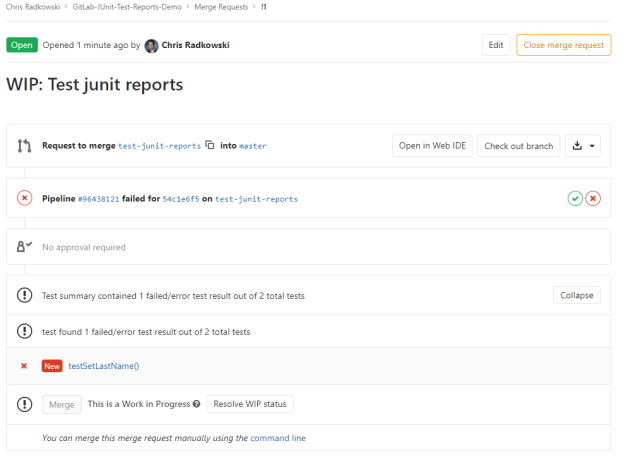Summary
In the article A Gentle Introduction To Graph Theory, Vaidehi Joshi goes over some of the basic concepts in graph theory, such as the difference between trees and graphs, undirected graphs vs. directed graphs, vertices and edges, and unordered vs. ordered pairs in graphs. She also provides great illustrations for the differences between each of these topics.
Later in the article, there are great real-world examples of what graphs are used for. For example, she talks about how two different social networks, Facebook and Twitter, are each different types of graphs. In this case, Facebook is an undirected graph because a connection on Facebook has to be a bidirectional connection. Twitter, on the other hand, is an example of a directed graph, because you’re able to “follow” someone without them following you back, meaning it can be unidirectional. The other example that she used that I found useful was comparing the web (traversing between web pages) to one big graph. So as you navigate back and forth between different URLs, you’re just navigating throughout one massive graph. For example, each article on Wikipedia contains key words that link to other articles, which could even potentially lead back to the original article.
Reaction to Content
I chose this topic because I wanted to get a quick refresher on it. While I’ve been exposed to this type of data structure before and seen some of the algorithms used for traversing through graphs, I haven’t really used them outside of coursework. Also, I feel as though I didn’t really have a great understanding of this topic until now. Seeing the examples provided in the article of real world applications of graphs I think was very useful for me to understand their purpose.
Overall, I think this article in particular is a great introduction to graphs, going over basic types of graphs and the concepts needed to understand them. While I already had a decent understanding of graphs, it was useful to reread some of the concepts and reinforce my understanding of them. However, there are many more topics that are important to grasp in order to understand graphs fully, such as the different types of traversal algorithms used for graphs as well as other different types of graphs like weighted graphs or trees.
Source: https://medium.com/basecs/a-gentle-introduction-to-graph-theory-77969829ead8
From the blog CS@Worcester – Andy Pham by apham1 and used with permission of the author. All other rights reserved by the author.


